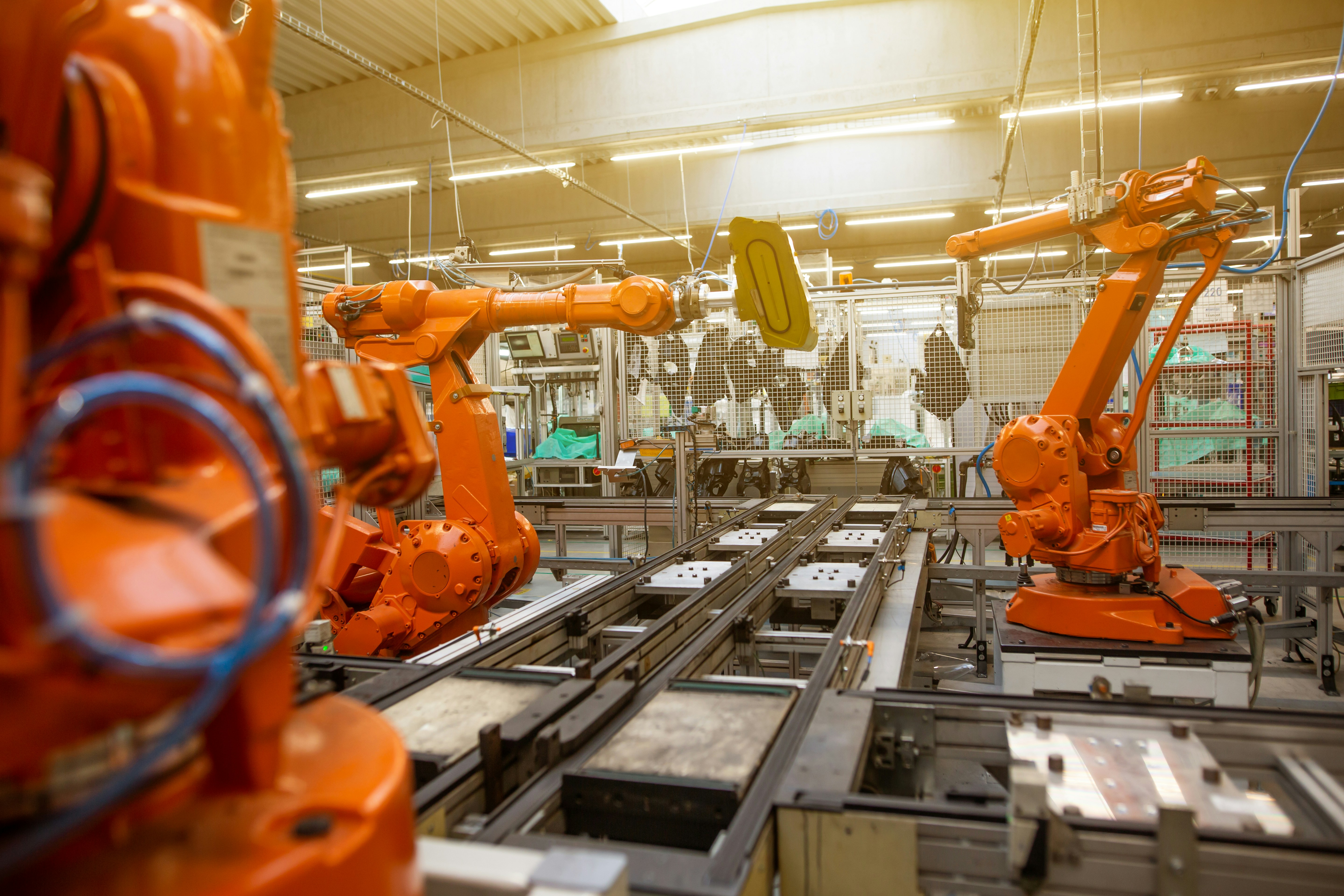
5 Benefits of Supply Chain Automation for Efficiency
In supply chain management, efficiency isn’t a nice-to-have—it’s a competitive advantage. Brands looking to grow, scale, and deliver consistently high-quality service can’t afford to rely on manual processes and fragmented systems.
That’s where supply chain automation comes in. From robotic process automation to machine learning-driven inventory planning, automation helps streamline warehouse operations, reduce errors, and enable data-driven decision-making at scale.
Let’s break down the five key benefits of supply chain automation—and how it helps brands and fulfillment providers move with precision, not guesswork.
What Is Supply Chain Automation?
Supply chain automation refers to the use of software and technology to complete supply chain tasks with minimal human intervention. This includes everything from warehouse automation and robotic picking systems to AI-powered forecasting and automated order processing.
Modern automation tools improve coordination between internal systems, third-party logistics (3PL) providers, vendors, and carriers—creating a more reliable and resilient supply chain. Instead of reactive decision-making, businesses can operate proactively, with clear visibility and control across every link in the chain.
1. Minimize Human Error and Improve Accuracy
Manual processes are error-prone—especially when it comes to tasks like order entry, inventory counting, and data entry across systems. A single typo can cause costly fulfillment delays, incorrect shipments, or inaccurate reporting.
Supply chain automation reduces these risks. Automated workflows catch discrepancies before they escalate, while machine learning models improve accuracy over time. That means more reliable inventory data, fewer returns, and a smoother handoff between systems and partners.
For brands managing high volume or multi-node order fulfillment networks, reducing error rates isn’t just operationally important—it directly improves customer satisfaction and protects margin.
2. Speed Up Fulfillment and Delivery Times
Today’s buyers expect fast, accurate deliveries—and automation makes that possible.
By automating repetitive tasks like picking, packing, and shipping, fulfillment centers can move faster with less manual labor. Order processing times shrink, and warehouse throughput increases without compromising accuracy.
An automated system also enables real-time tracking and status updates, giving brands full supply chain visibility and control over in-transit orders. This creates tighter SLAs, better on-time delivery performance, and a more predictable customer experience.
Whether you're shipping from one location or orchestrating a multi-node network, automation helps you move with speed and confidence.
3. Optimize Inventory Management
Supply chain automation tools transform how businesses manage inventory.
Instead of relying on static spreadsheets or siloed reporting, automated systems track inventory levels in real time—across warehouses, sales channels, and 3PL partners. Smart forecasting tools powered by artificial intelligence help predict future demand, flag slow movers, and prevent stockouts before they happen.
Automation technology also simplifies replenishment. Set restock thresholds once, and the system can trigger purchase orders or inventory transfers automatically. This reduces the risk of over-ordering, understocking, or tying up cash in unsellable goods.
In short: better inventory management, with less manual oversight.
4. Enhance the Customer Experience
A strong supply chain isn’t just an internal asset—it’s a customer-facing advantage.
Supply chain automation enables faster, more accurate order fulfillment, leading to fewer delays, fewer errors, and more consistent service. Buyers receive instant order confirmations, shipping notifications, and tracking updates—without the need for manual touchpoints.
All of this adds up to a smoother journey from cart to delivery. And in a market where experience matters as much as product, that consistency builds trust and long-term loyalty.
For brands scaling across markets or channels, automation helps deliver at enterprise speed without sacrificing customer service quality.
5. Scale Operations Without Overhead
As brands grow, the operational burden can scale faster than revenue—unless systems are built to handle the load.
Supply chain automation reduces reliance on manual labor, especially during seasonal surges or rapid growth phases. Instead of hiring more staff or adding headcount, brands can rely on automated systems to handle increased volume with the same infrastructure.
Tools like robotic process automation, automated data syncing, and integrated dashboards eliminate the bottlenecks that slow down growth. And because these systems integrate directly with ecommerce platforms, WMS, ERPs, and 3PL partners, there’s no need to overhaul everything to scale efficiently.
Slotted helps here, too. By streamlining the evaluation and onboarding of 3PLs, we give brands the clarity and confidence to expand their network without introducing unnecessary complexity.
Final Thoughts: Intelligent Automation Enables Smarter Growth
Supply chain automation isn’t about replacing people—it’s about removing the drudgery from their day-to-day so they can focus on what matters.
It’s about turning a messy, reactive process into a structured, data-driven system that enables scale, accuracy, and resilience.
At Slotted, we don’t sell automation tools. But we do make it easier for brands and providers to build strong, lasting partnerships—where automation and efficiency go hand in hand.
Ready to bring structure to your supply chain operations?
Explore how Slotted helps brands and 3PLs build efficient, scalable partnerships—without the guesswork.







